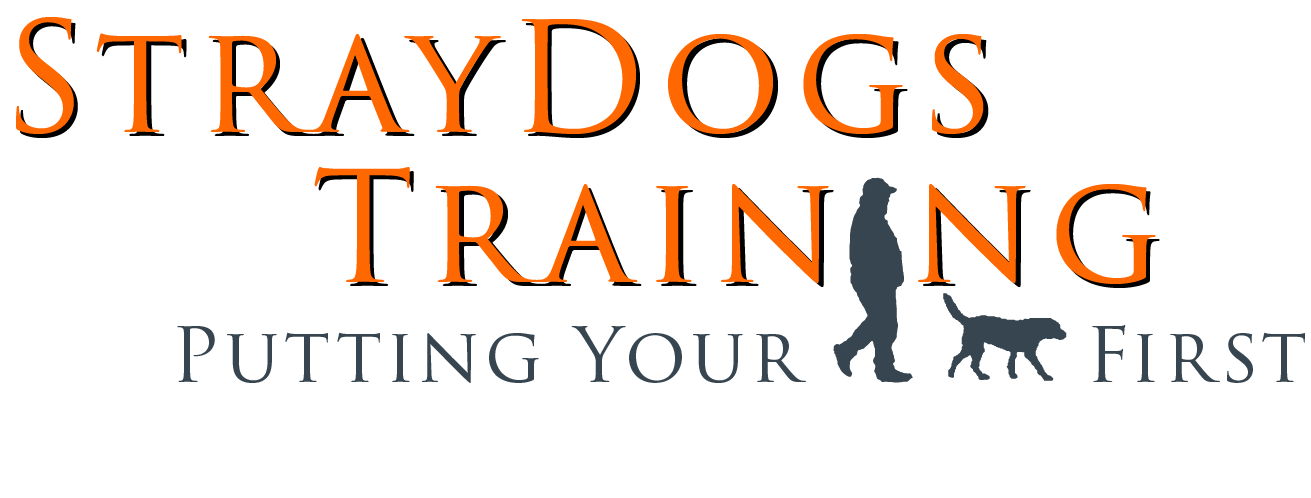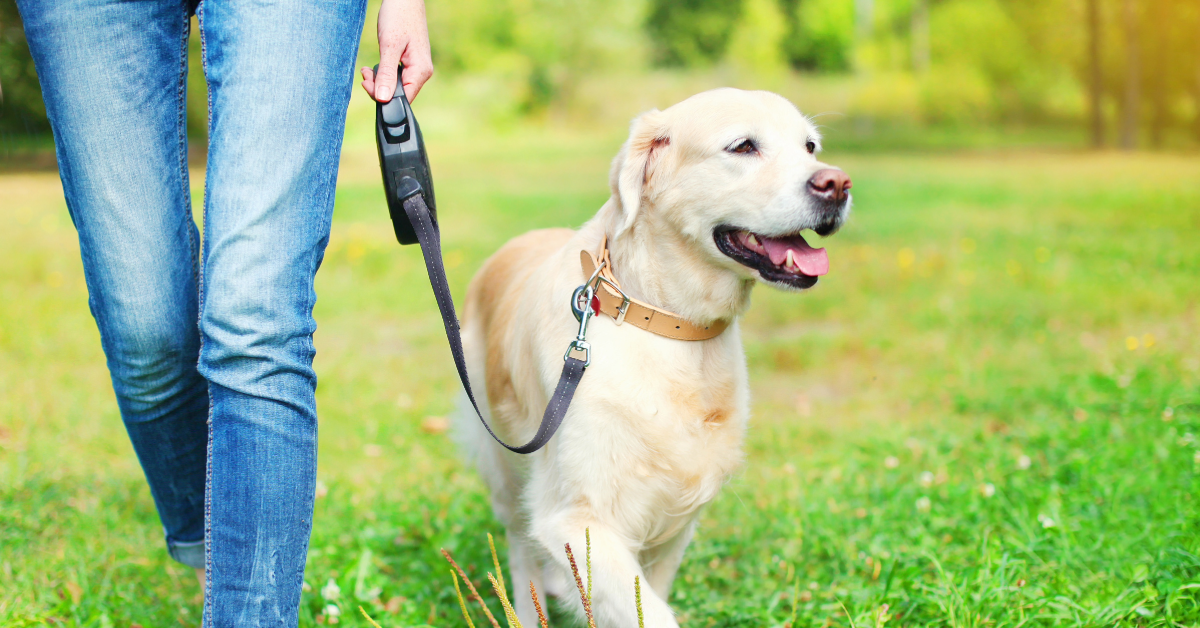Leash training is one of the most essential skills for any dog owner. Whether you’re dealing with a pup who pulls like a freight train or a hesitant dog that freezes on walks, the right approach can make all the difference. In this guide, we’ll cover the most effective leash-training methods to help you and your dog enjoy stress-free walks.
Why Leash Training Matters
A well-trained dog on a leash is safer, more enjoyable to walk, and better behaved in public. Without proper leash manners, dogs can:
- Pull excessively, leading to discomfort or injury
- React negatively to other dogs, people, or distractions
- Refuse to move forward due to fear or uncertainty
By implementing the right techniques, you can turn your daily walks into a pleasant and bonding experience.
Essential Leash Training Equipment
Before diving into training, make sure you have the right tools:
- Standard 4-6 ft Leash: Provides control without restricting movement.
- Properly Fitted Collar: A well-fitted flat collar can help manage pulling.
- Treats or a Training Pouch: Positive reinforcement speeds up learning.
- Clicker (Optional): Helps mark correct behavior.
Step-by-Step Leash Training Techniques
1. Teaching Loose Leash Walking
Loose leash walking means your dog walks beside you without pulling. Here’s how to teach it:
Step 1: Establish a Marker Word
Use a word like “Yes!” or a clicker to mark when your dog walks nicely without pulling.
Step 2: Start in a Low-Distraction Area
Practice in your yard or inside the house to minimize distractions.
Step 3: Reward Proper Positioning
Each time your dog walks next to you with a slack leash, reward them with a treat.
Step 4: Stop When They Pull
If your dog pulls ahead, stop walking immediately. Wait until they return to your side before moving forward again.
Step 5: Use Direction Changes
If your dog pulls ahead, turn around and walk in the opposite direction. This reinforces that pulling won’t get them where they want to go.
2. Teaching ‘Heel’ Command
The ‘Heel’ command is useful when walking in busy areas or when passing distractions.
- Start with your dog in a sitting position next to your left side.
- Use a treat to lure them into position.
- Say “Heel” and take a few steps, rewarding them for staying in position.
- Gradually increase the duration and add distractions.
3. Managing Pulling Behavior
Common Causes of Pulling:
- Excitement
- Lack of training
- Distractions
Correction Techniques:
- Red Light, Green Light: If your dog pulls ahead, stop walking immediately (Red Light). Stand still and wait until your dog returns to your side. Once they do, resume walking (Green Light). This teaches them that pulling halts progress, while staying close allows the walk to continue.
- Redirection: Change direction to teach them to follow your lead.
- Engagement Training: Reward them for focusing on you rather than the environment.
4. Addressing Reactivity on Leash
If your dog lunges or barks at other dogs:
- Maintain a safe distance and reward calm behavior.
- Redirect attention using treats or a “look at me” command.
- Gradually expose them to controlled environments with other dogs.
Troubleshooting Common Leash Training Problems
Dog Won’t Walk on a Leash
- Check for discomfort from the collar.
- Use high-value treats to encourage movement.
- Start with short, positive sessions.
Dog Pulls Toward Other Dogs or People
- Teach a reliable “Leave It” command.
- Increase distance and gradually decrease it over time.
- Reward calm behavior before they get too excited.
Dog is Fearful on Walks
- Keep walks short and positive.
- Use confident body language to reassure your dog.
- Allow them to observe and adjust at their own pace.
Final Tips for Success
- Be consistent with your training sessions.
- Use positive reinforcement to build good habits.
- Practice in different environments to generalize behaviors.
- Keep training sessions short and fun.
Leash training takes time and patience, but the results are worth it. By using the right techniques and maintaining consistency, you’ll have a dog that walks politely by your side. Need personalized help? Check out our Training Programs!
💡 Want more expert training tips? Subscribe to our newsletter for weekly insights on dog training and behavior!

